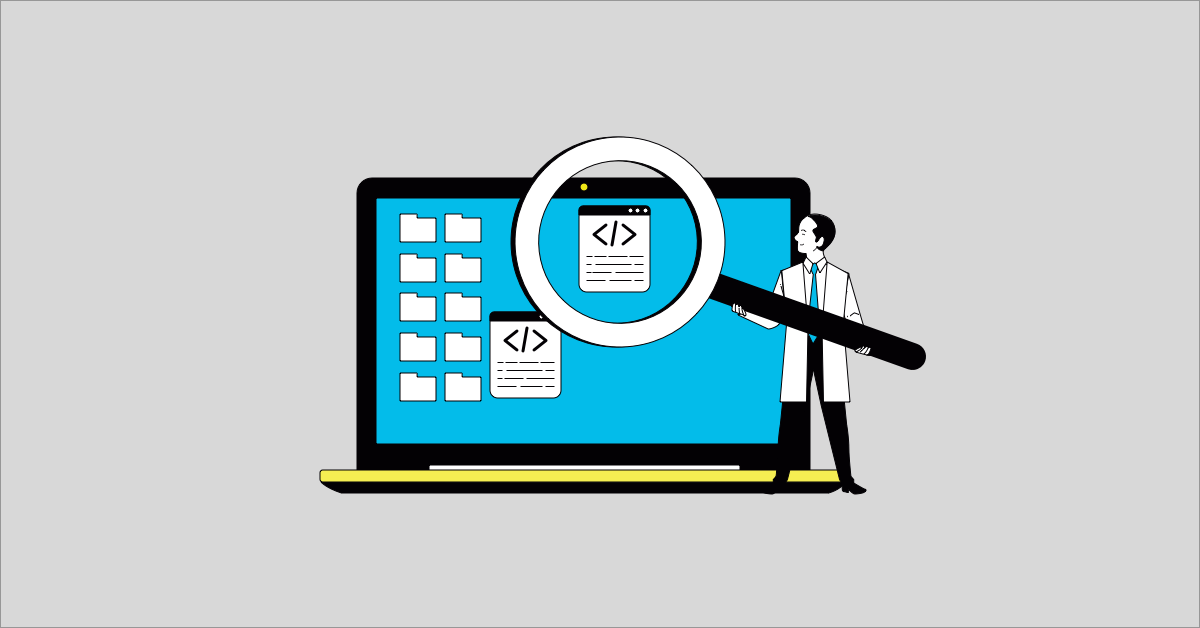Software testing comes in countless forms, each used at different stages of the dev process. It can be broken down into countless subdivisions, but ultimately, testing is a part of the overall QA process. As such, some software testing best practices cover the wide scope of software testing in general, and others apply to individual test efforts.
This article will cover both and refer to some industry leaders’ recommendations to back them up. But first, a brief overview of testing in principle.
Testing Software
Software testing can be crudely split into functional and non-functional testing types. From there, there are subdivisions of each, and some types of testing overlap between both categories. For this article, the strict distinction isn’t fundamental, and since the types of common tests are so numerous, we’re going to pick just a handful from either to illuminate common practices before touching on the best ways to run these tests.
To start with, we’re going to look at software testing in a general sense, how it’s managed, and how it can be improved upon. Then, from the functional testing branch of software testing, we’re going to look at the following:
- Unit Testing – This is a simple test of the smallest subunits in the application, ensuring they function as expected. The units are isolated from the system and tested individually with prepared code. These tests can be run quickly and cheaply, so they can be run multiple times.
- Integration Testing – To ensure functioning units work together in modules, integration testing is performed. This testing form combines units and ensures they function together when conjoined.
- System Testing – This is one step higher on the same trajectory as unit and integration testing; it’s the test that makes sure the entire, connected system is working as it should. This testing type verifies compliance of the overall program with whichever specified requirements it has.
Next, from the non-functional branch of testing, we’ll go over:
- Installation Testing – This is also known as implementation testing and covers the initial user experience with the product. It tests whether the product is installed correctly and whether all the inherent features work as expected. The role of installation testing is to ensure the user has the best experience with the product installation.
- Security Testing – This type of testing ensures there are no vulnerabilities in the software and strives to identify threats in the system. There are numerous types of security testing, for example, ethical hacking or risk assessments, which are designed to identify and close loopholes in the code that can be exploited.
- Load Testing – This is a form of performance test that puts the system under heavy loads to make sure it’s capable of more than the expected live load when released. It’s performed by loading the system with virtual users in huge quantities to see how the application can handle the stress.
This is not a comprehensive list by any means. Still, many of the best practices we will discuss below can spill over into testing in general, and the concept should give you an idea of where to go next once you’ve established the testing framework you’re ready to take on.
So, with all the basics down, here are some testing software best practices to follow that can help you maximize the power of your tests and form a testing and quality assurance culture of software testing in your company.
Software Testing Best Practices
As a general rule, software testing is a quality assurance practice. As such, general software testing best practices are defined by the culture of your teams. Owais Peer, co-founder of Global App Testing and co-author of defines the path to creating a quality culture as:
- Identifying your QA champions who will lead the process
- Creating synchrony between teams with empathy and collaboration
- Reviewing and supporting your QA practices with evidence to ensure continuous improvement
The goal is to bring the theme of quality culture to people in all relevant departments, aligning your teams towards a common goal and ensuring each test is run according to this. This requires a company-wide software testing approach that incorporates each department’s values and focuses on providing high-quality deliverables at each handover.
Once this culture is in place, you can plan the entire QA and testing process. Of course, each step needs to align with the company goals, and as such, there are more specific software testing best practices for each testing type. Here are some of them for the tests we’ve listed.
Functional
- Unit Testing – Mike Cohn puts unit tests at the bottom of the automation pyramid due to the form of testing being simplistic and easy to automate. The suggestion is that in unit testing, automation provides the highest ROI of any test. Use automation to run unit tests in a quantity that no manual testers can match and maximize the benefits of this type of testing.
- Integration Testing – Take on the high-risk and complex tests first. Some forms of integration testing can be automated, but by approaching the most complex first, you allow the human input to deal with the sensitive cases that cannot be automated and help to identify those that can. This makes more efficient use of your resources.
- System Testing – While many people state that testers do not have to be programmers (and vice versa), some go as far as to say that for systems testing, it’s important not to use programmers.
For functional testing in general, especially systems tests, it’s a good idea to hire expert testers and not rely on programmers. This is because testers have a different perspective and often a very different approach to testing that allows them to find bugs in ways that a programmer may not consider.
Non-Functional
- Installation testing – One of the best ways to streamline this testing process is by using flow diagrams. This organizes your process and makes it simpler to automate test efforts. Implement these at the start of the process as part of the planning stage of testing.
- Security Testing – For an effective penetration testing strategy, consider using a Red Team. Peter Kim details powerful best practices in “The Hacker Playbook 3”, including using a red team to simulate real-world, advanced attacks to test both apps and entire organizational infrastructure safely and effectively. The strength of a red team is in its precisely targeted penetration approach and can be used to closely mimic a real security threat.
- Load Testing – For load testing, it’s important to allow real-life think time. Malith Jayasinghe, Vice President of Research & AI at WSO2, emphasizes the importance of factoring in think time in performance tests in general, including in load testing. It’s recommended that adding in a random value is more realistic than a constant one.
Conclusion
These are just a handful of the software testing best practices that industry leaders recommend and cover only seven of the contexts in which testing is used. Therefore, there are still many more testing types to run through, each with its applicable, recommended best practices to boost its power.
However, simply by following a few of these testing software best practices, you’ll be able to streamline the overall process, improve QA and learn to apply general principles of software testing across a range of testing types.




%20(1).png?width=150&height=69&name=MuukTest-logo---light-background%20(3)%20(1).png)